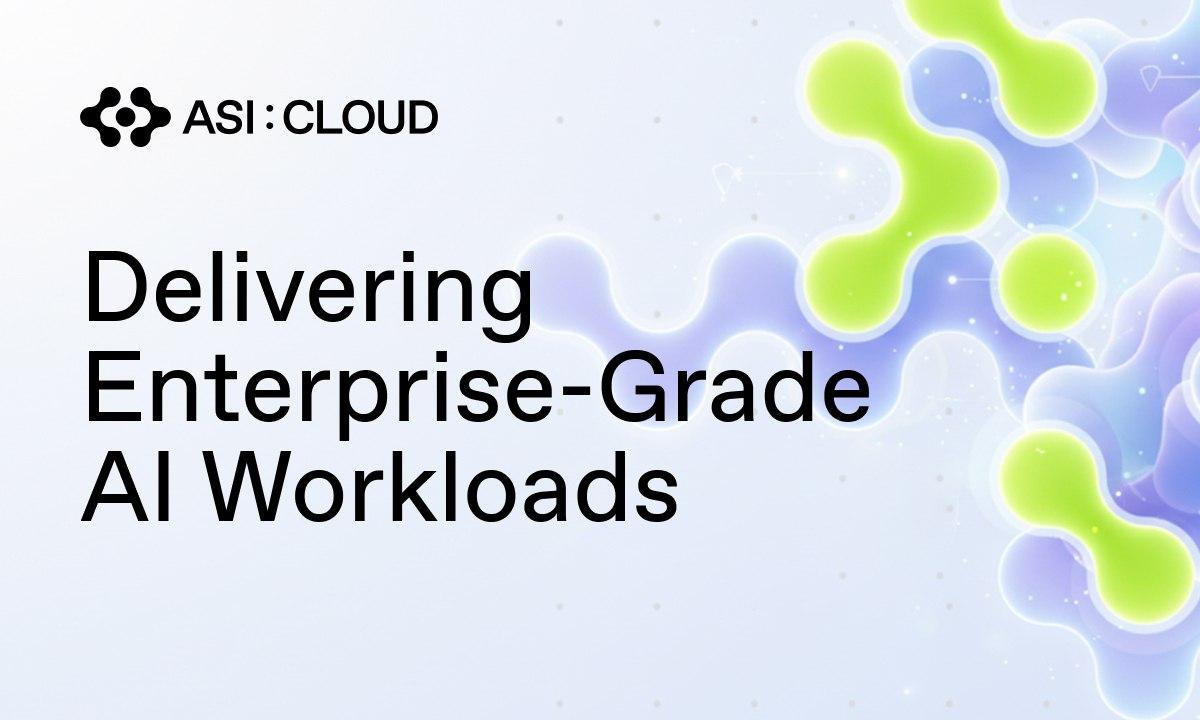In the world of cryptocurrencies and blockchain technology, off-chain transactions have gained popularity as an alternative to on-chain transactions. But what exactly are off-chain transactions and how do they work?
An off-chain transaction refers to the process of sending and receiving crypto tokens outside of the main blockchain network. It provides a solution to the slow and costly issues that can sometimes arise during on-chain transactions.
Popular cryptocurrencies like Bitcoin, Litecoin, Ethereum, and Dogecoin operate on decentralized networks. These networks use nodes to verify each transaction within a distributed ledger. Regardless of the specific currency, blockchain technology enables the seamless transfer of currency worldwide, regardless of geographical location.
However, the limitations of on-chain transactions, such as scalability and high fees, have led people to seek alternatives. This has resulted in the development of off-chain transactions, which utilize second-layer solutions outside of the main blockchain. These second-layer protocols enable faster and more cost-effective transactions.
The second layer refers to projects and protocols built on top of a base blockchain to enhance technology and user experience. When users identify flaws in a large public blockchain, they turn to second-layer solutions for solutions.
One basic form of an off-chain transaction involves two parties agreeing on a debt between them. This agreement remains valid as long as both parties have mutual trust. The transaction does not involve the blockchain and is completed instantly. The remaining debt can be repaid through a single on-chain transaction that represents the entire transaction history.
Another example of off-chain transactions is through the use of payment channels. Users can create channels and exchange private keys with their wallets, allowing for off-chain fund transfers. They can continue to exchange currency within the channel until they decide to settle, at which point they can close the channel and record the final value on-chain.
There are various off-chain protocols available, such as the Lightning Network and Liquid Network. These protocols enable the execution of off-chain transactions and provide additional functionalities.
Off-chain transactions offer several advantages over traditional on-chain transactions:
- Scalability: Off-chain transactions address the scalability problem associated with blockchain technology. By moving a significant portion of transactions off-chain, the main blockchain network is relieved of congestion, allowing for faster processing times and increased scalability.
- Speed: Off-chain transactions are executed quickly compared to on-chain transactions, which can sometimes be delayed due to network congestion. This makes them more suitable for applications that require instant transactions, such as micropayments or high-frequency trading.
- Cost-efficiency: Off-chain transactions can be less expensive, with some off-chain protocols having no fees until the transactions are added to the main blockchain. This makes them more accessible and cost-effective for users.
- Anonymity: Off-chain transactions provide greater anonymity as transaction details are not stored on the main blockchain. Instead, they remain private between the involved parties, enhancing privacy and security.
Despite their advantages, off-chain transactions also have drawbacks and limitations. For example, the Liquid Network, which utilizes Bitcoin’s decentralization for peg-in transactions, requires Bitcoin to be locked up and has a finite capacity for each payment channel. This can potentially limit the scalability and liquidity of the network.
In conclusion, off-chain transactions have emerged as a valuable alternative to on-chain transactions in the blockchain ecosystem. They offer quick, cost-effective, and discreet transactions, addressing the limitations of traditional on-chain transactions. However, it is important to carefully evaluate the specific off-chain protocols being used, as each may have its own limitations and considerations.














